At 80 degrees, Tuesday was the warmest day on record for February in Kentucky. We'd had cloudy skies for close to a month, and I was in need of some sun. I took the opportunity to get some seeds planted. It's not practical for us to work the ground were we live, so we use cloth pots. I believe the two we have are 50 gallons each. In one I broadcast half with early flat dutch cabbage, and half with Siberian dwarf blue kale. In the other I did the same with radish and spinach. The spinach seed had gotten wet, so I just sowed it to see what would happen. I over seeded everything by quite a bit with the intention of separating and transplanting the extra. We are projected to maintain day time lows in the 60's up till March. I don't think we will get another freeze, we'll see. I'm going to take the chance.
I really need two more of these beds. There are some small tulip poplar logs behind the house that would work great for a temporary bed. That's my next project. I want to plant some peas, and now's the time.
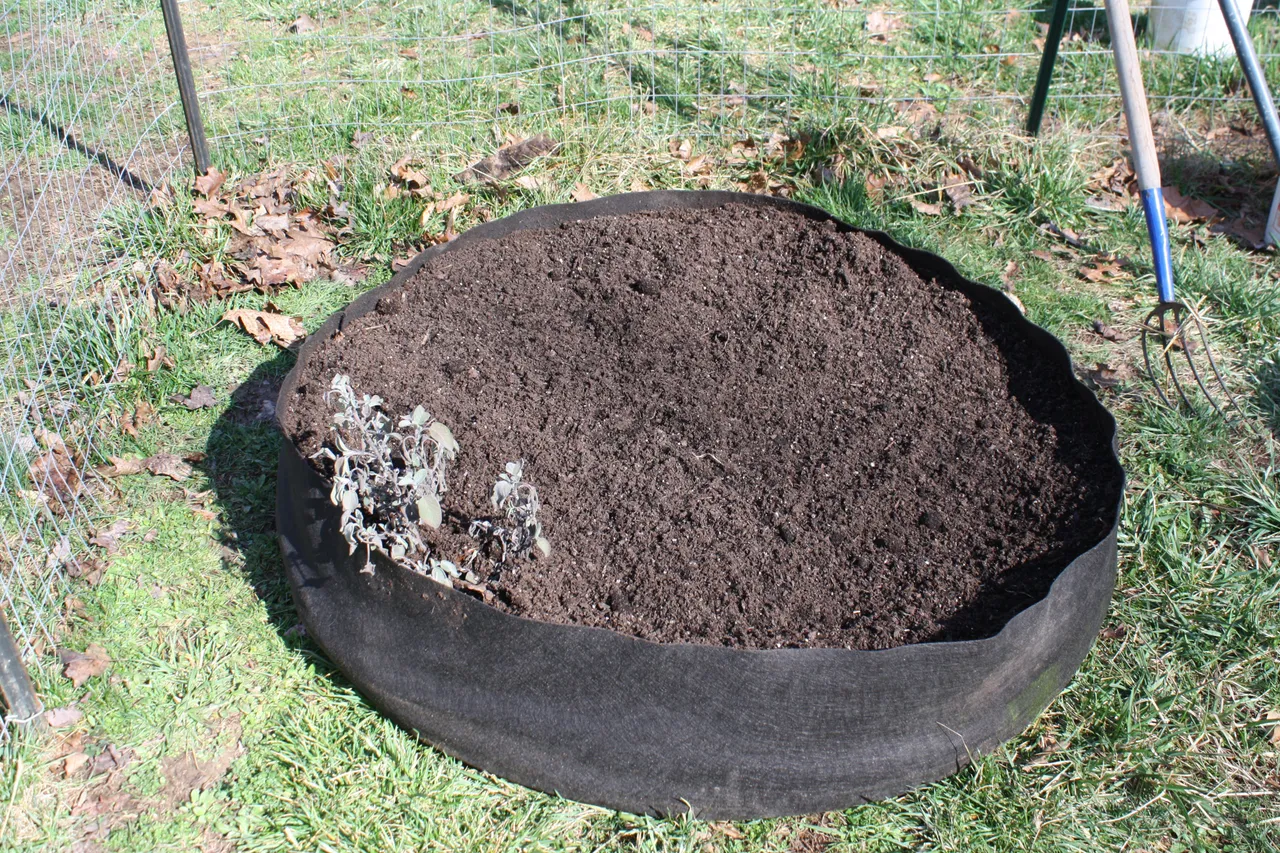
This bed is full of last years mix. It's mostly weathered sphagnum moss based potting soil with some commercial garden soil. We used the beds last year for a late summer crop of egg plant, okra, basil, tomato, and banana pepper. The plant you see in the photo is sage. It over wintered just fine, and is ready for another season.
I wanted to improve the quality of this bed and get our substrate closer to a true soil. We are surrounded by forest so I went behind the house to get some soil to add to the bed.

I picked a little low spot near a tree to dig. The soil was loamy and looked rich. Forest soil is hard to beat. In my experience it's always better than soil that was built under grass. I'd say that is due to a grass management issue more than anything. Either way forest soils are dark, loamy, and full of mycorrhiza, worms, and other beneficial organisms. Possibly the best soil mix I've found was made with black forest soil, goat, rabbit, and squirrel manure.
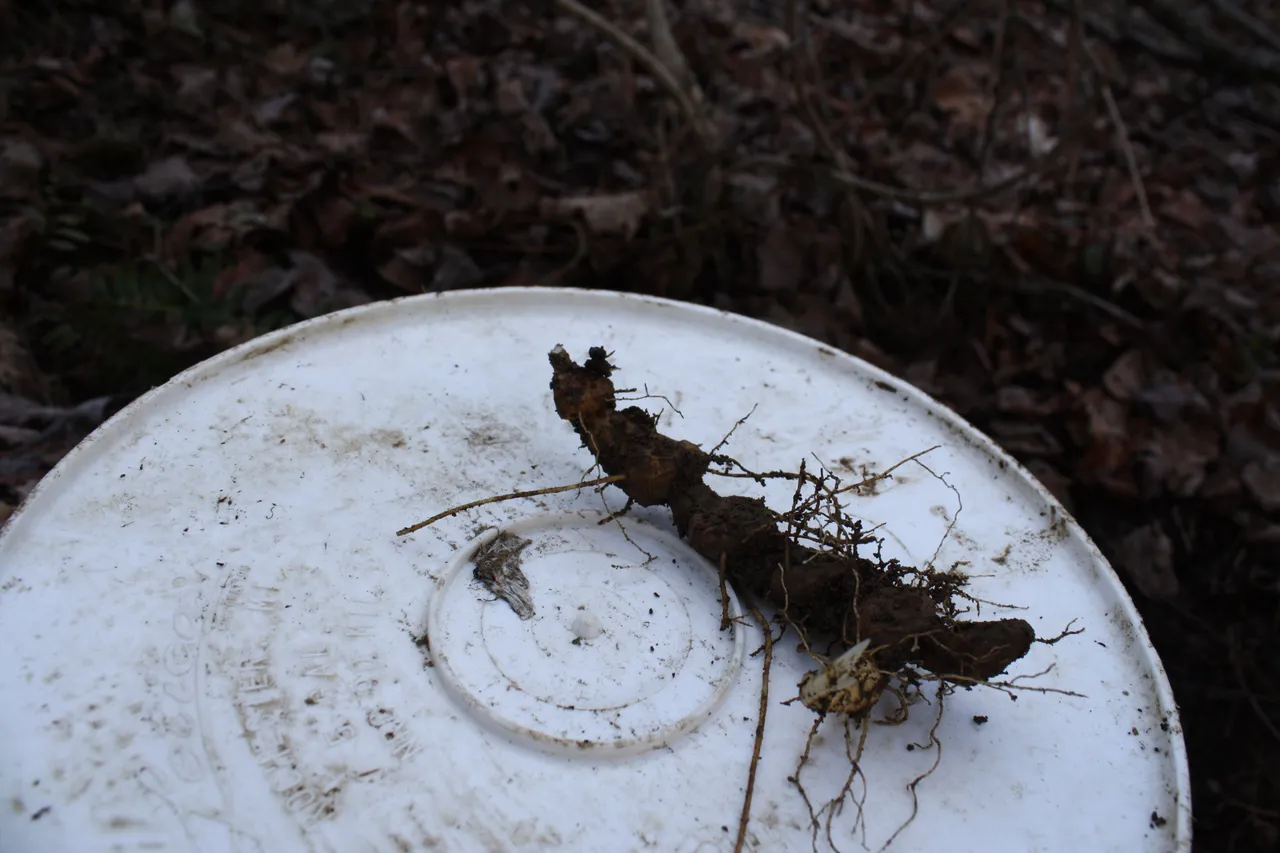
I'm pretty sure this is False Solomon's Seal. You can see here that the new sprout is all ready formed. It's not going to be long before it comes up and reveals it's true identity. I found well over a dozen rhizome in this little spot.
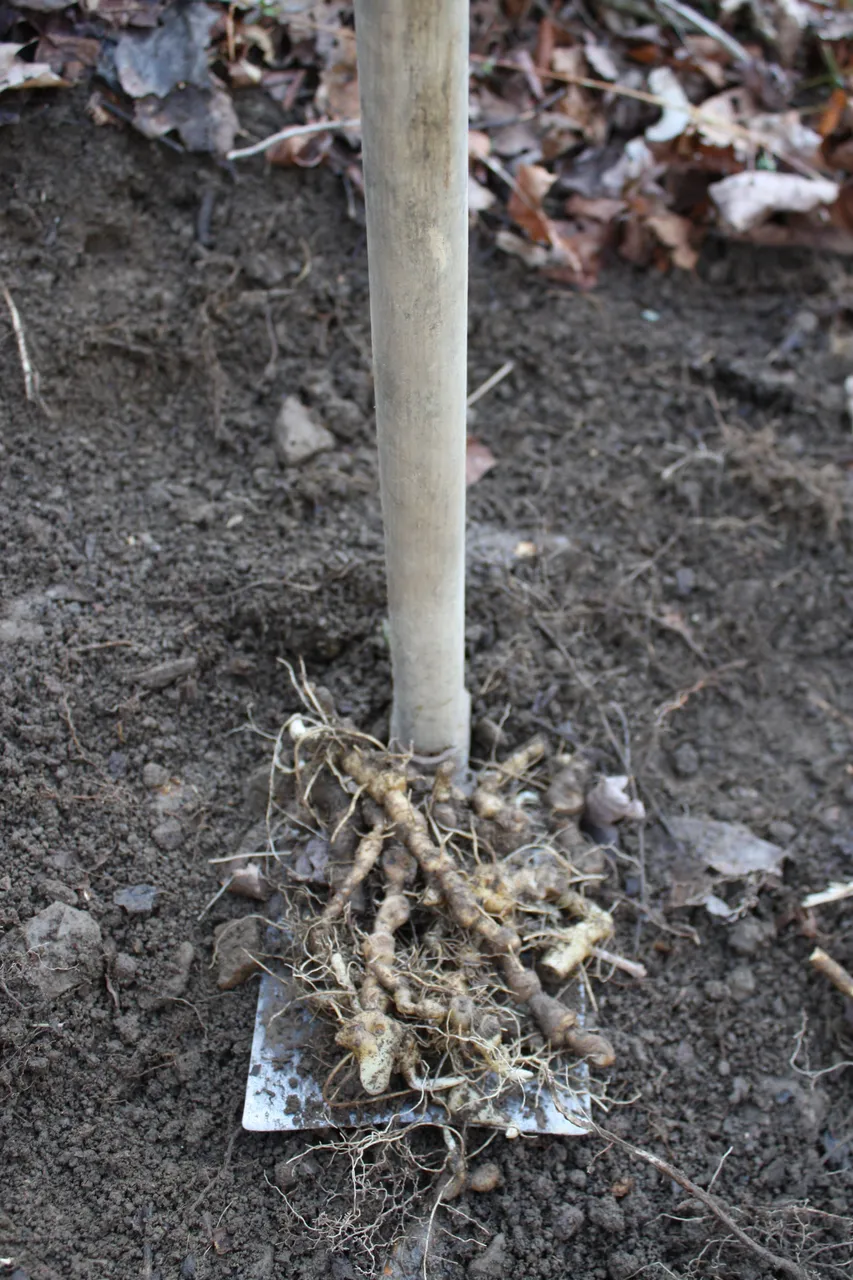
This just goes to show the productive potential of forests. I've only been on this hill in fall, so I don't know what all grows here. But based on the tree species I know what could be there. I did find a ginseng plant about 300 feet up at the top of the slope.(much farther up than you can see here) The main top is about a mile away and roughly 2000' in elevation gain until you reach the top of Pine Mountain. I've found more ginseng and other rare plants here in Letcher county that any other place I've lived, so I'm excited to see what I can find.
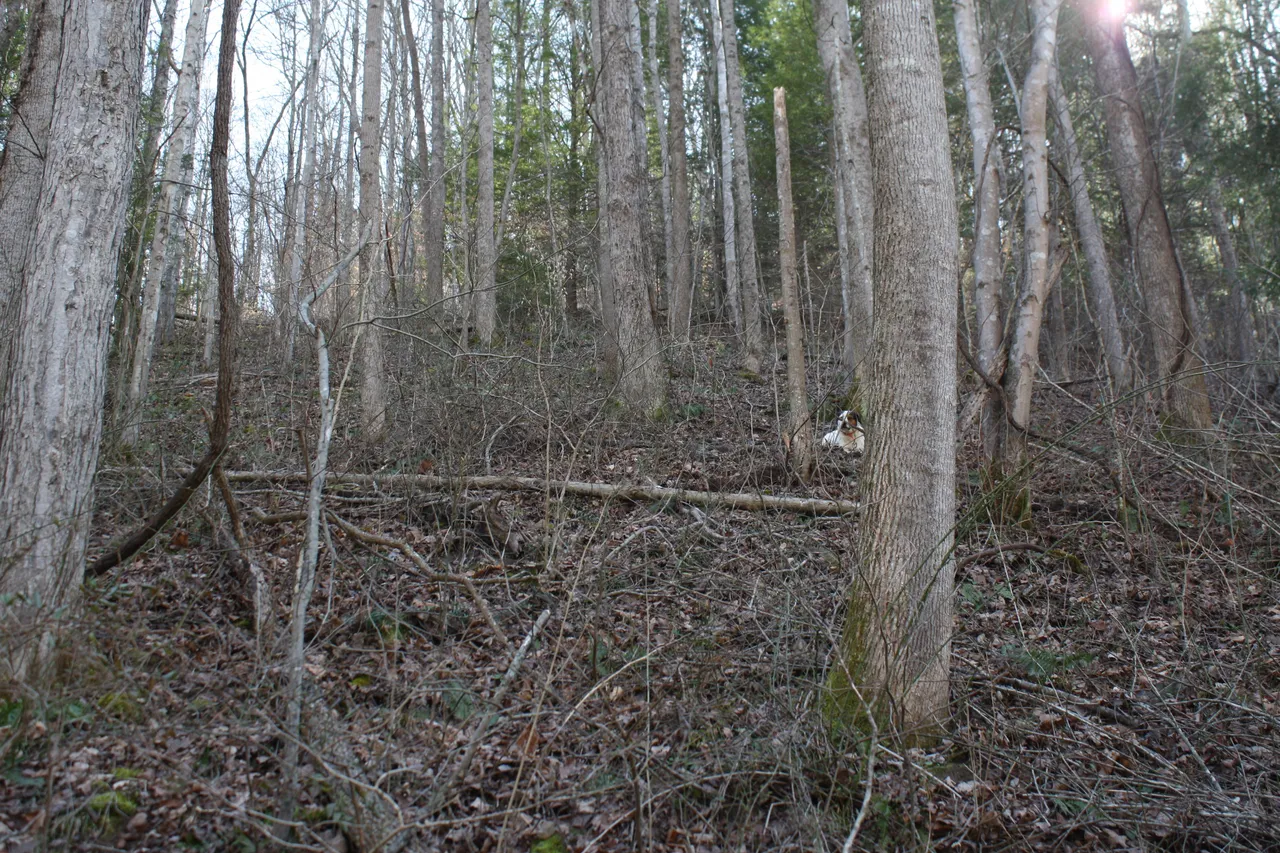
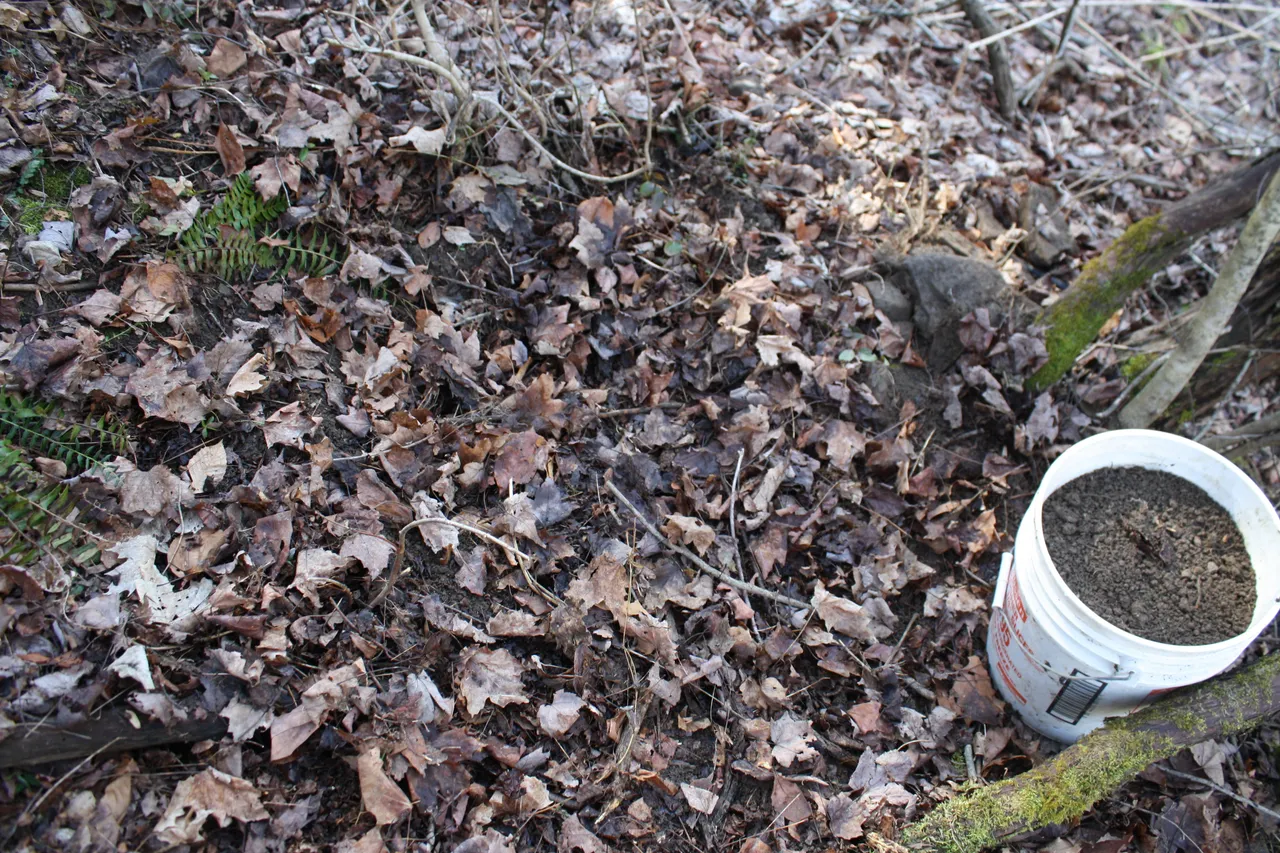
I replanted all the roots. They were growing on top of the ground to begin with, so I just placed them on the ground right side up, and raked some soil over them before covering the spot with leaves. You can't tell the forest floor was ever disturbed. I'm going to keep a close watch on this spot to figure out what's growing here.
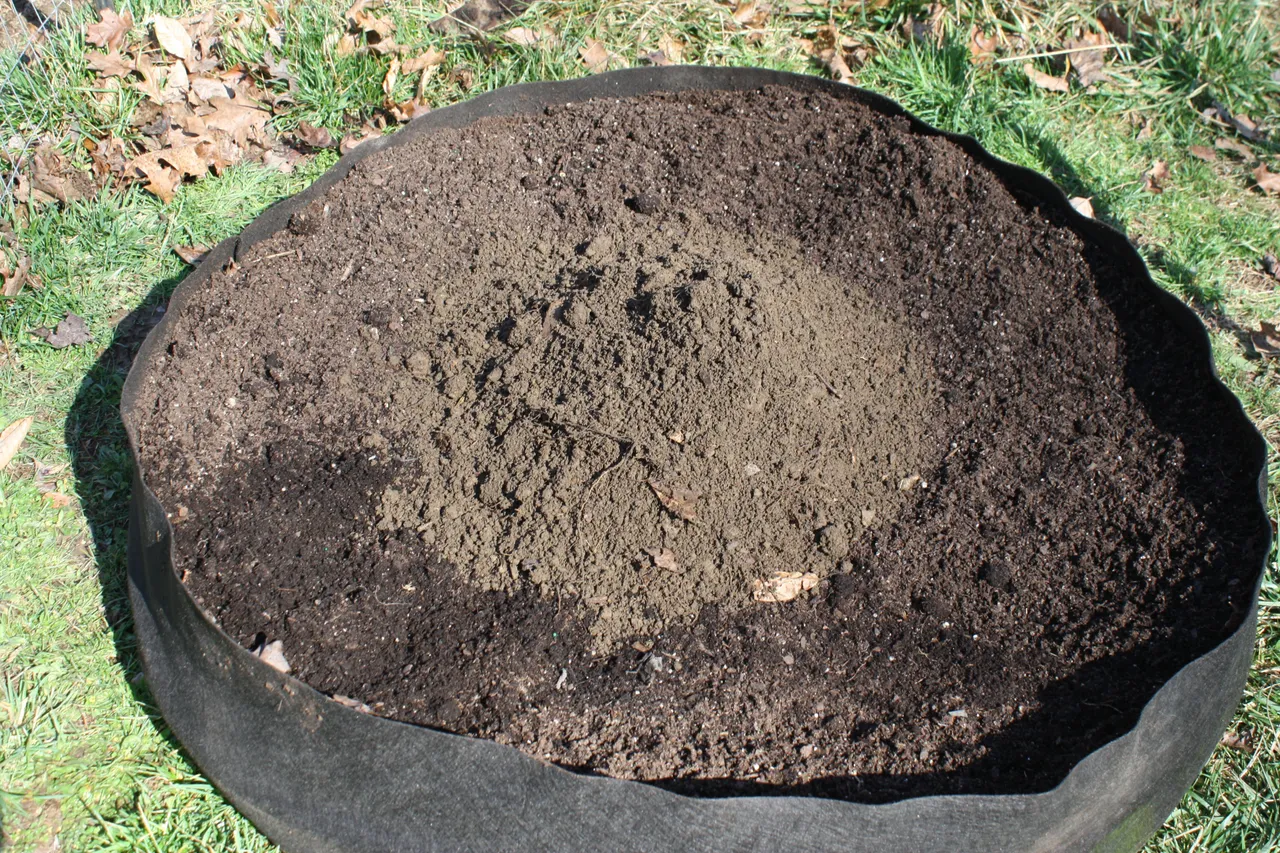
I added a total of seven gallons to this pot and worked it in about five inches. You can see the contrast of the soil with the sphagnum moss. The sphagnum appears rich with it's black color, but is actually considered a soil-less medium and not high in nutrients. Below you can see the second bed partially filled so you can get abetter idea of the volume of the bed.
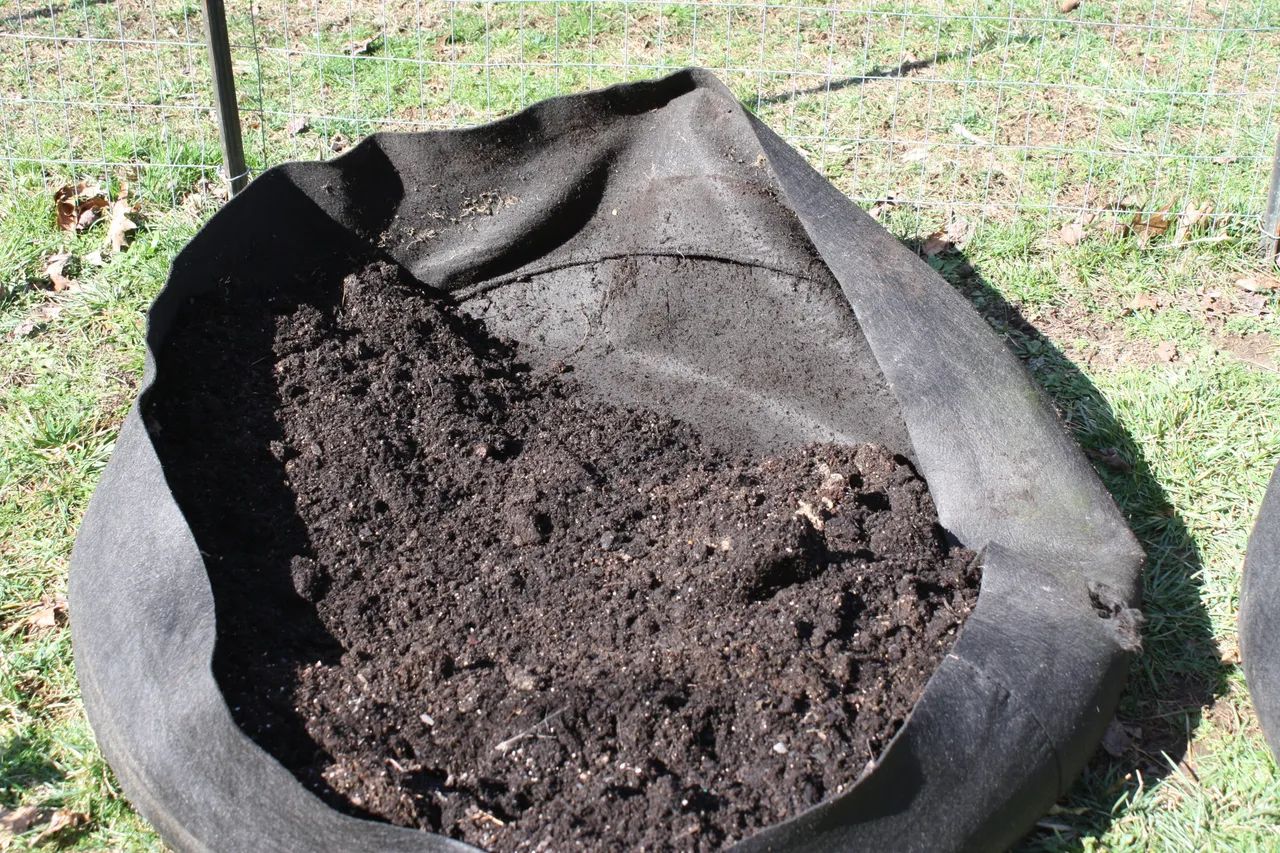
In this second bed I added 20 gallons of soil from the forest edge. Just a few feet below my first dig was a ditch area that was much better spot to work. I'll be getting any future soil I need from here. The soil had a noticeably higher clay and moisture content, so I let it dry a few hours to prevent clumping. I went back and worked the soil into the sphagnum with a small pitchfork used for turning hay bales. (you can see the pitchfork in the first photo) Afterwards I raked the soil to make furrows and broadcast seed. I worked the seeds into the soil with the rake. I did this for both beds and then went back after the shad had come over to give both beds a good watering.
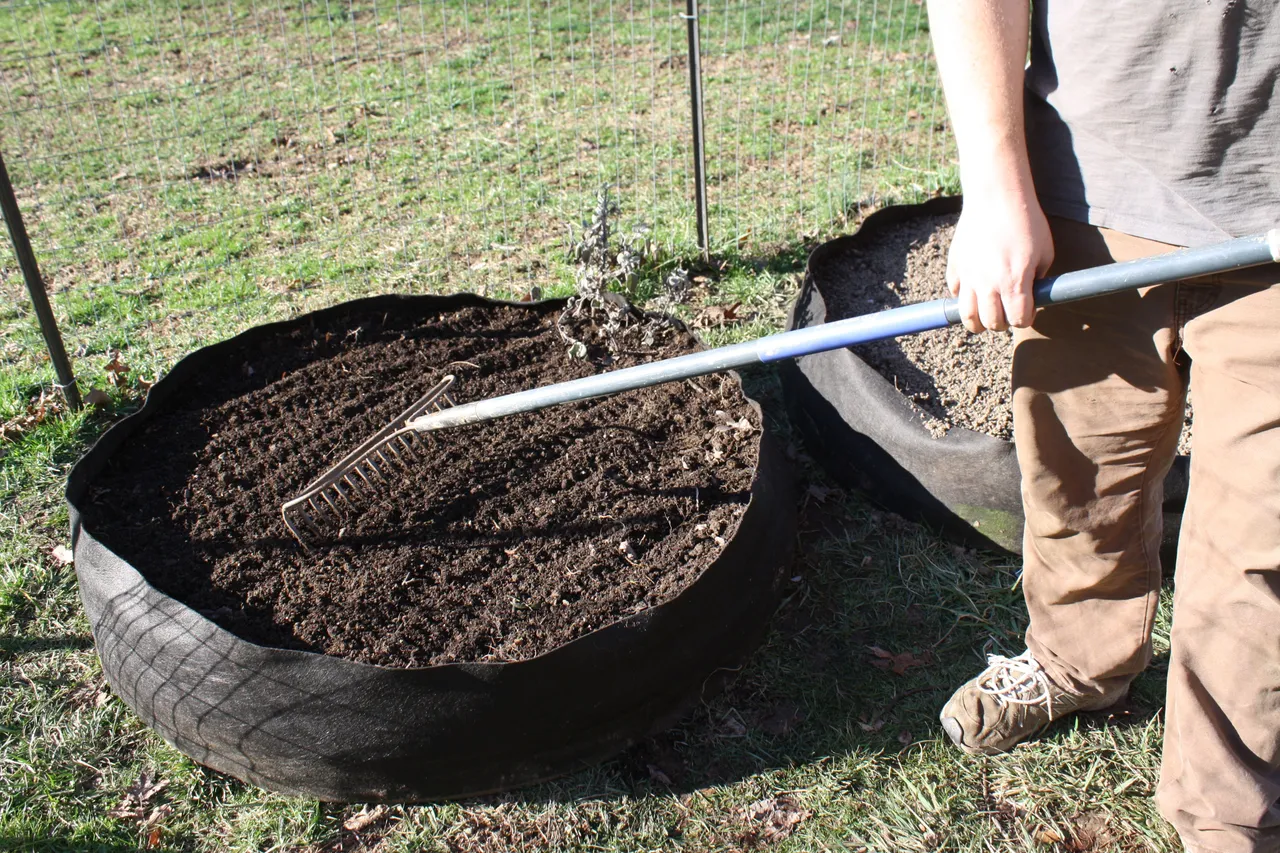
I threw a quick fence up to keep the kids out, making sure to leave room to expand. It's no problem to reset the fence if I want to go even bigger. Because of our topography we currently don't get direct sun in the yard until after 11:00am. The shad comes over around 5:00. This will get better in the summer, but limited sunlight is a serious issue for anyone wishing to grow vegetables here in Southeast Kentucky. I lived at a place once that got so little light the green beans I planted were unable to set fruit. We got less than five hours per day.

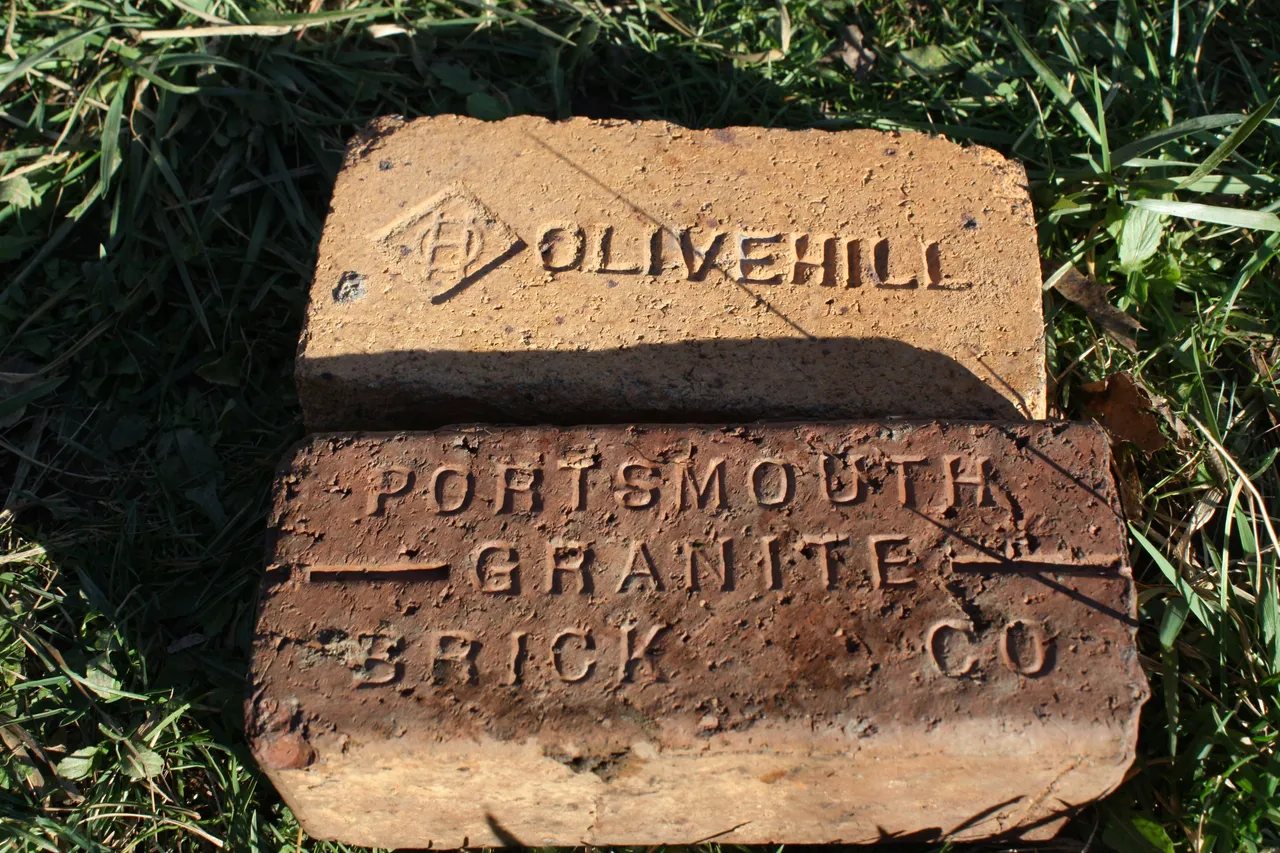
I like to decorate my beds to add some aesthetic variety to my garden. I've been packing these bricks around for a while now. There was once a several brick makers in the Northeast Kentucky region, and there are a couple places you can go to find these old bricks. I like having old stuff like this around. It helps keep me connected to the past and reminds me that there are lifetimes of knowledge and experience to draw from.
I've been very happy with these cloth grow bags so far. I've never had an issue with moisture retention, or root crowding. My friend @chrismerritt is the one who introduced me to them. He has grown impressive sweet potato crops in his. Our bags coast $35 on Amazon. I highly recommend them to any one who needs raised beds but don't have access to wood, stone, or other material to build with. They are also great for people like myself that move frequently. They're light and easily stored. If you need a quick, temporary raised bed, and have the money, these are an excellent option.
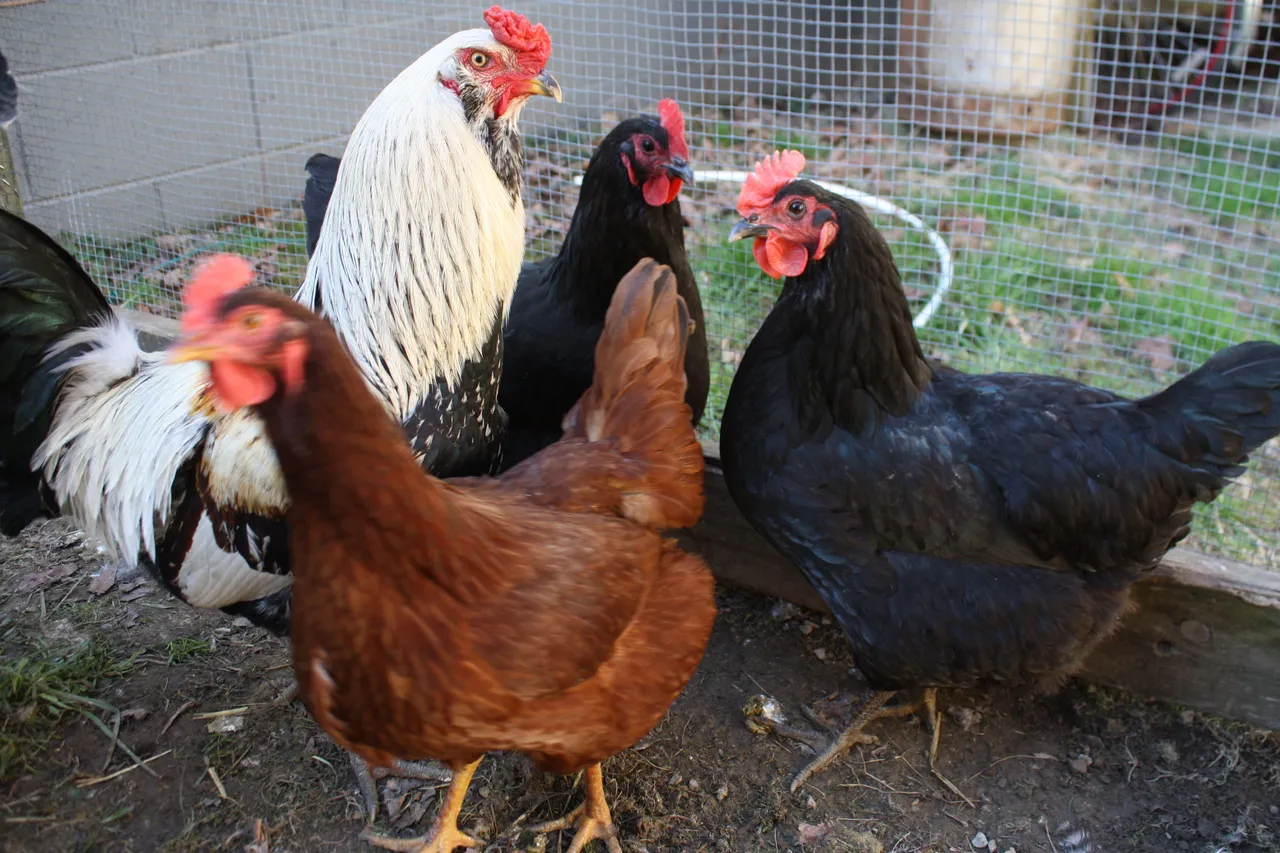
Six days ago my chickens got lose and a neighborhood dog got a hold of one. It was the brown hen you see here. He ripped her up pretty bad. Aside from the blurry head you can't tell anything happened. I haven't picked her up, but just looking you would never know she was attacked by a dog.
Egg production is finally picking up after a slow winter. It always amazes me how much better the the quality of home eggs are compared to store bought.
This roosters days are numbered. He was supposed to be a hen, an should have dispatched months ago. I'm afraid it's about dumpling time. I'm planing a how to video on butchering chickens, so keep a look out for that.